CONTACT
XuLab recruits long-term doctoral and master’s students, as well as postdoctoral and young teachers (valid year-round)
Our research group only enrolls stu Read more…
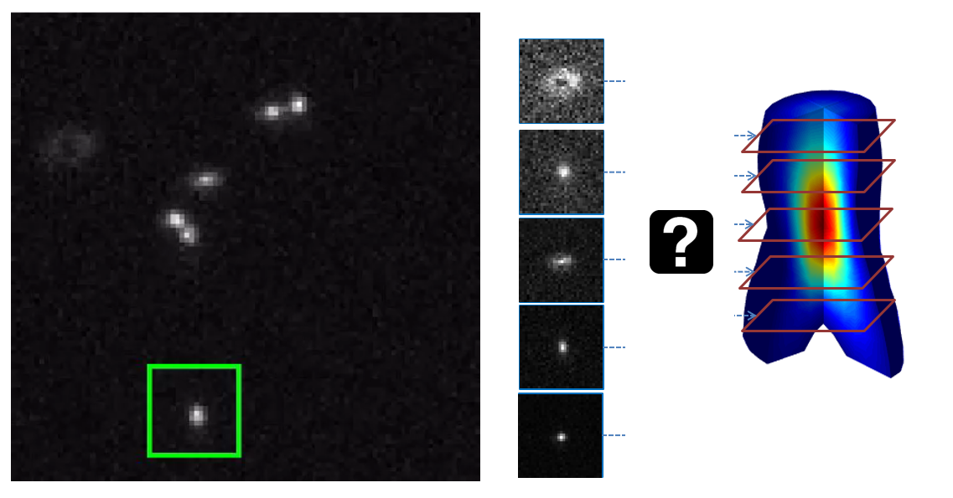
The 2014 Nobel Prize in Chemistry was awarded for the development of super-resolution microscopy, enabling optical microscopy to visualize the inner workings of cells at the nanometer scale. We are developing machine learning approaches to extract multi-dimensional optical information and promote the automation and intelligence for super-resolution microscopy. The developed technologies will resolve subcellular and extra-cellular structures in 3D with molecular resolution as well as capturing these structures dynamics in living specimens. (AI for nanoscopy).
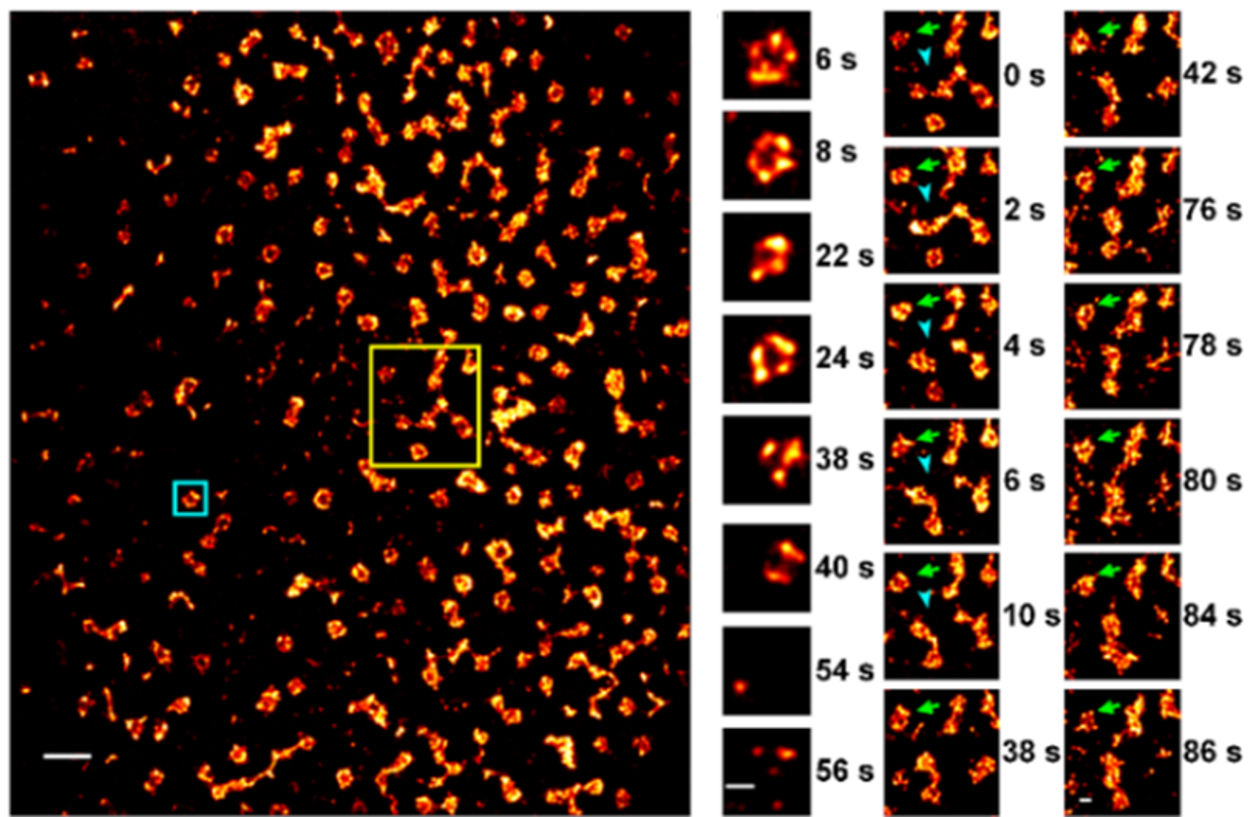
Nanoscopy of specimens that are living, of high throughput, and with multi-color probes will induce time-, region-, and channel-dependent aberrations and limit achievable resolution in optical system. We will develop novel imaging instruments and combine state-of-the-art analytical methods for visualizing cellular structures and protein functions throughout whole cells and tissues across diverse biological and biomedical model systems.
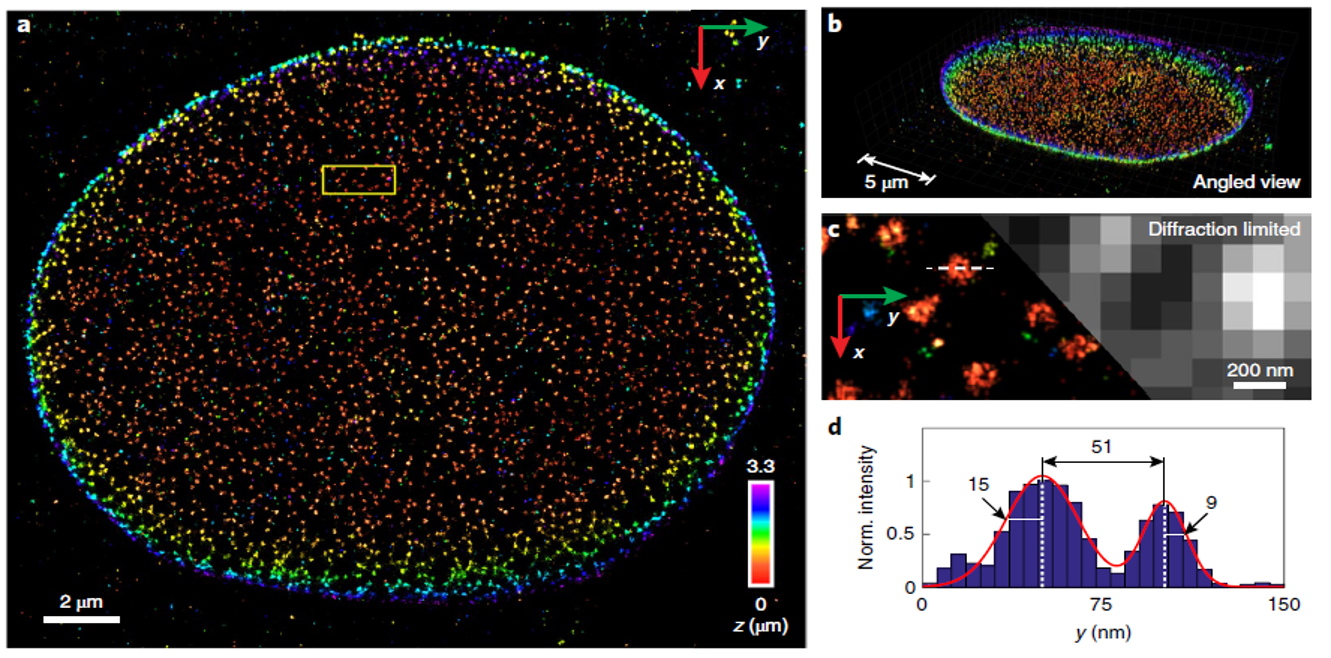
The development of super-resolution microscopy has enabled an unprecedented understanding of the distribution of macromolecular structures in cells. However, fast and robust super-resolution analysis tools are lagging far behind the innovation of optical nanotechnology. We will develop various mathematical and computational approaches to discover the relationship between biological structures and their functions, and try to turn super-resolution microscopy into a quantitative bioanalytical tool.
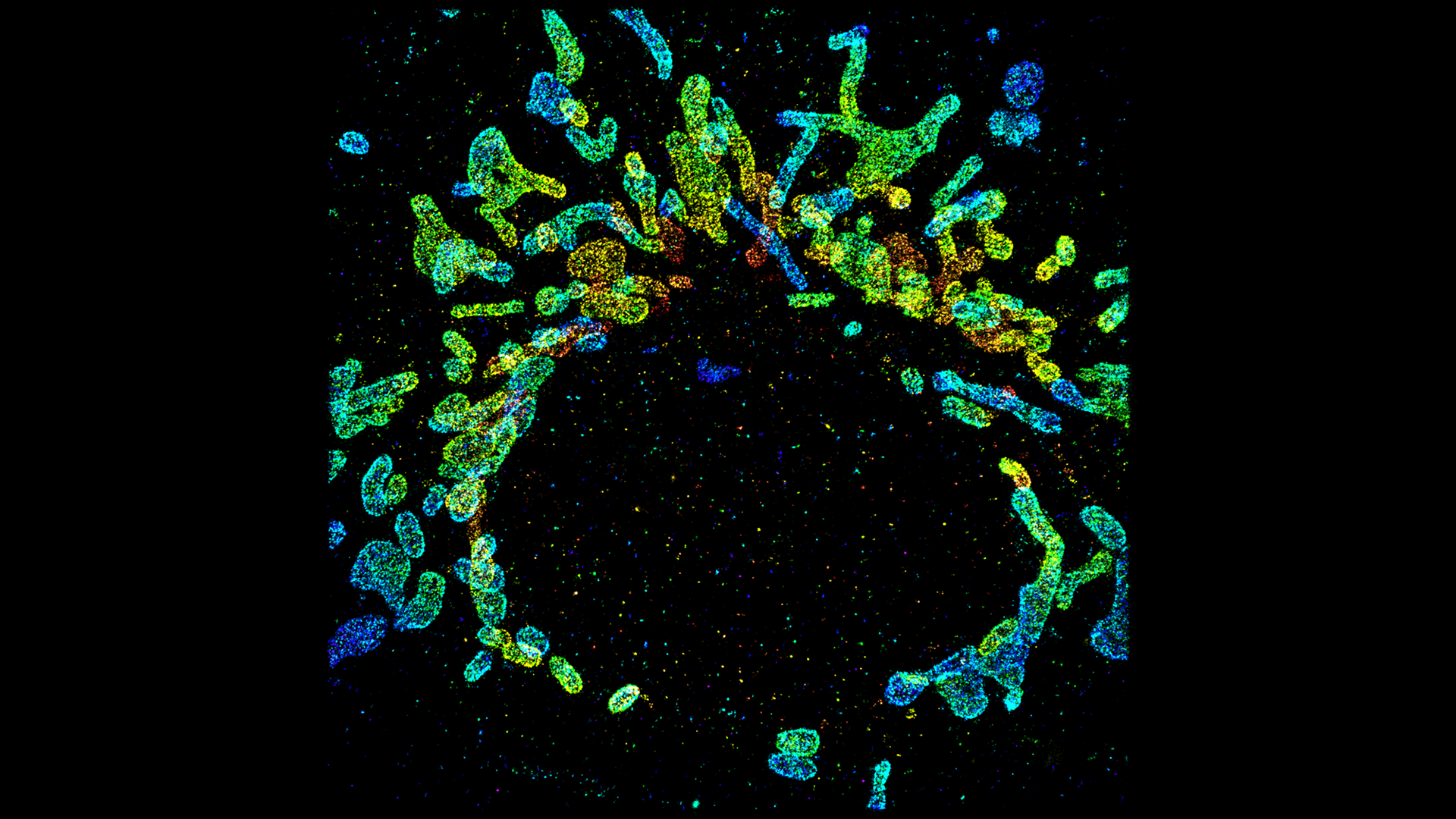
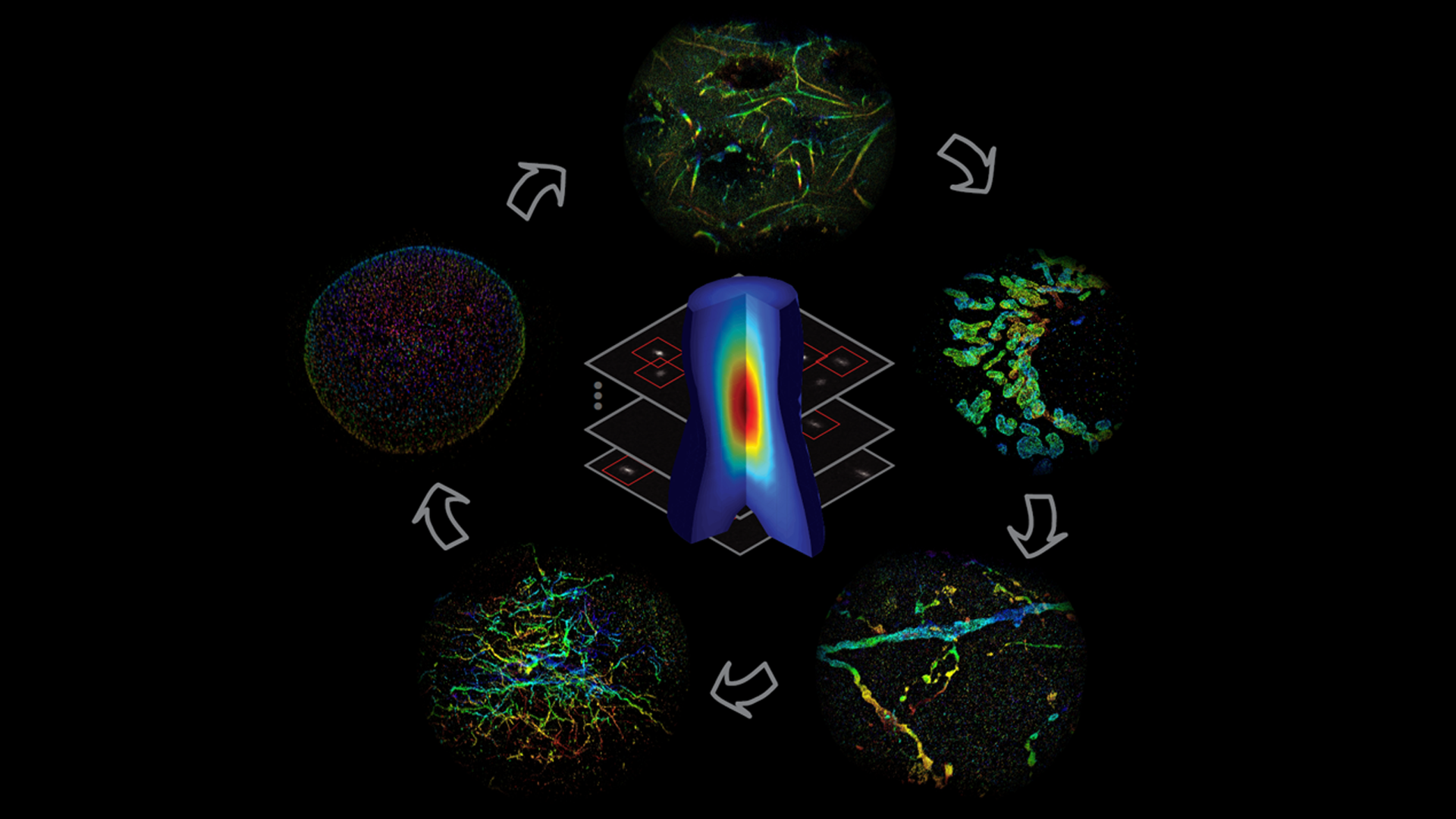
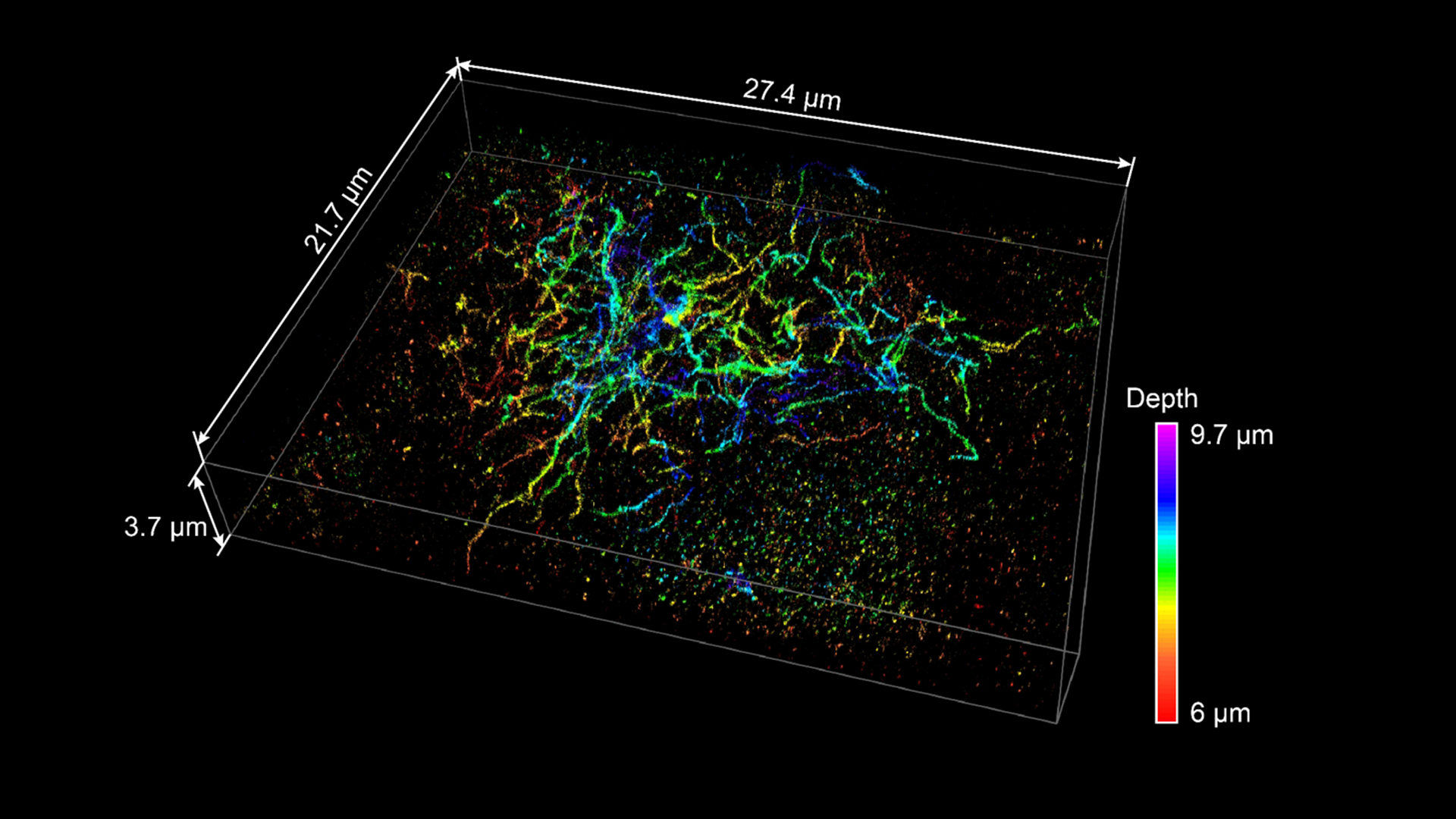
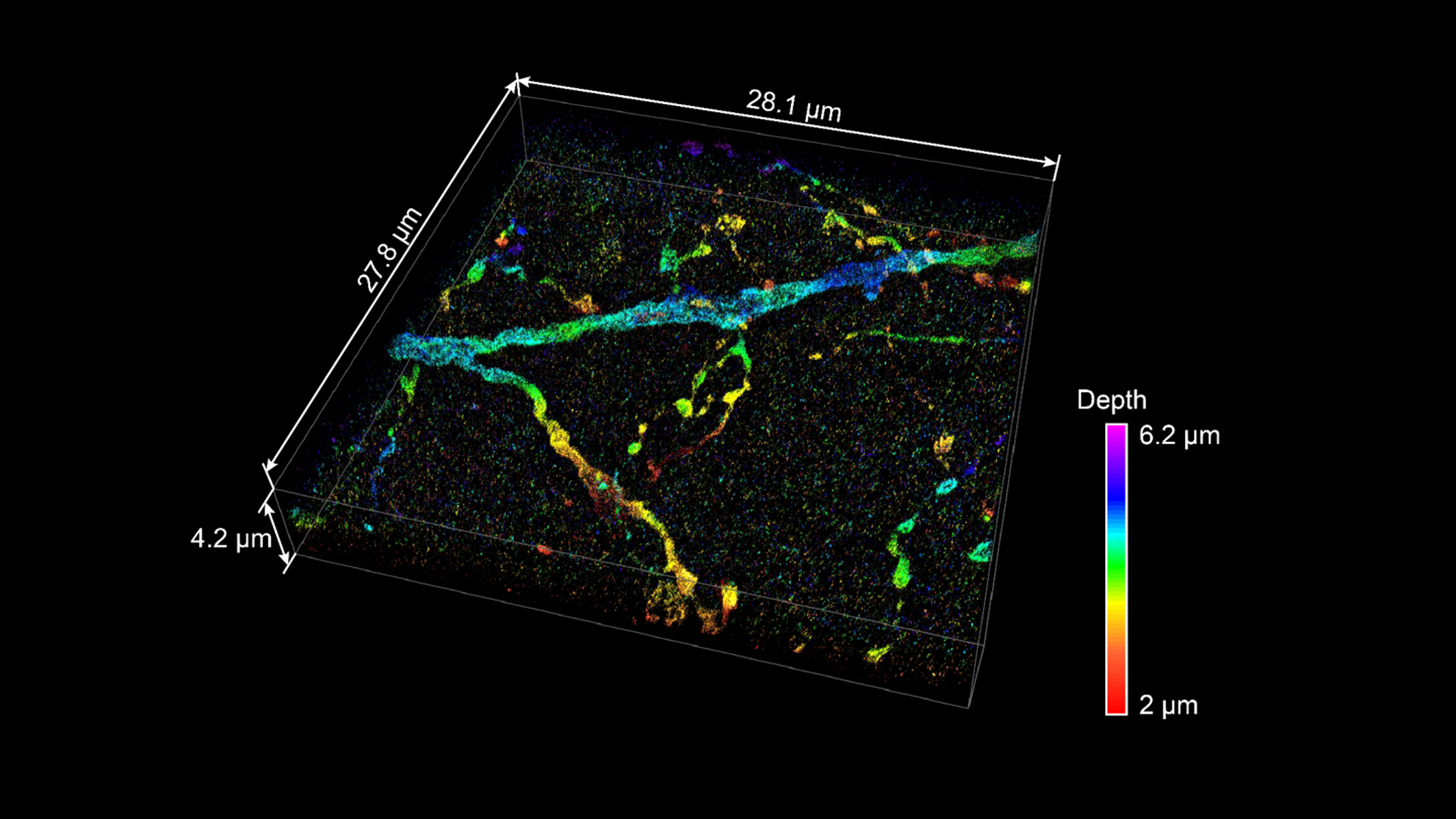
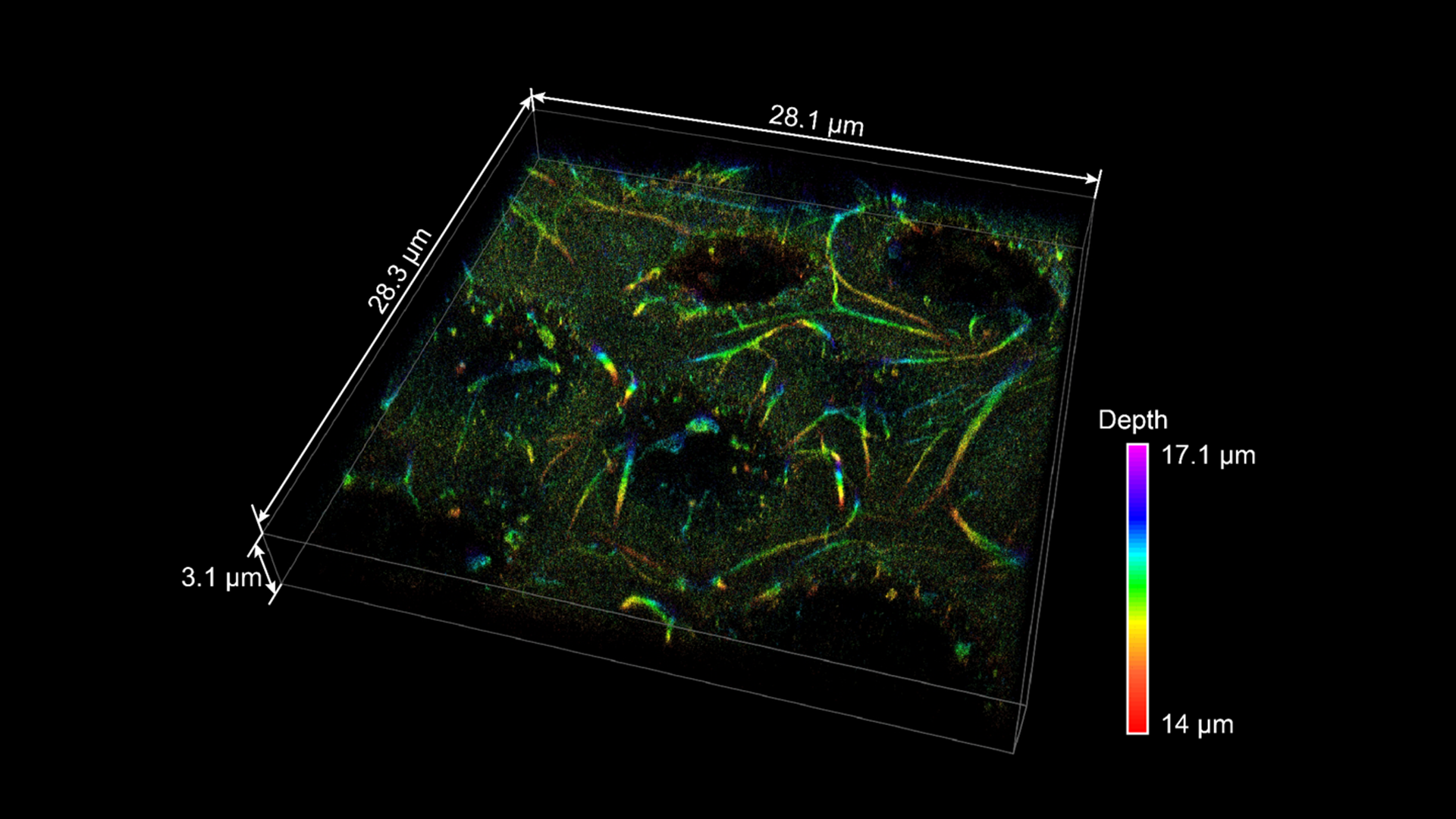
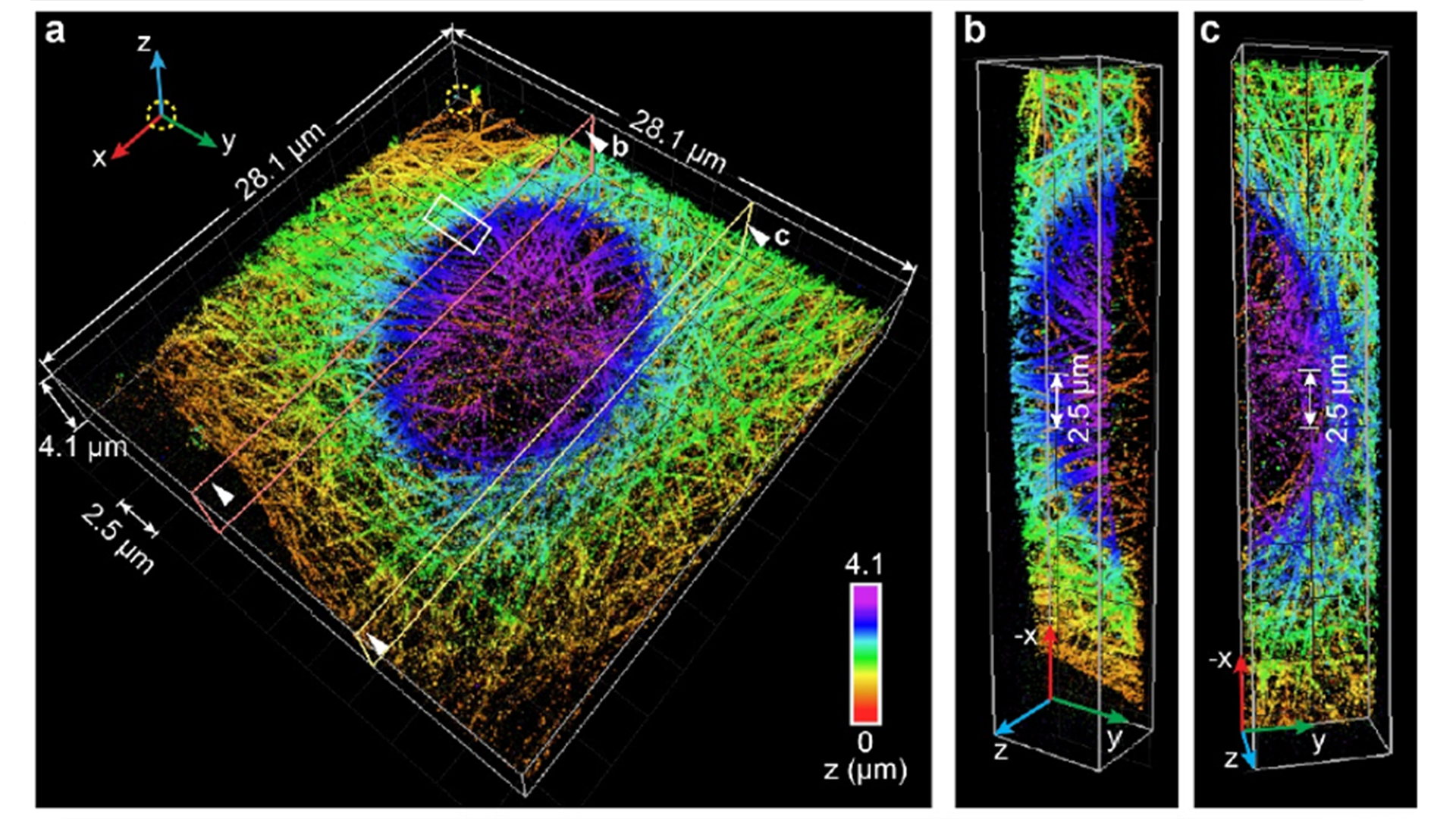
https://github.com/HuanglabPurdue/INSPR
https://figshare.com/articles/software/Live_SIMBA_Software/12979535/3
https://github.com/lykaust15/DLBI
https://github.com/XuLab-BIT/SRST
Our research group only enrolls stu Read more…